“The reality of architecture is not contained in the roof and walls, but in the space within. It is the space that is.” ~ Nari Gandhi
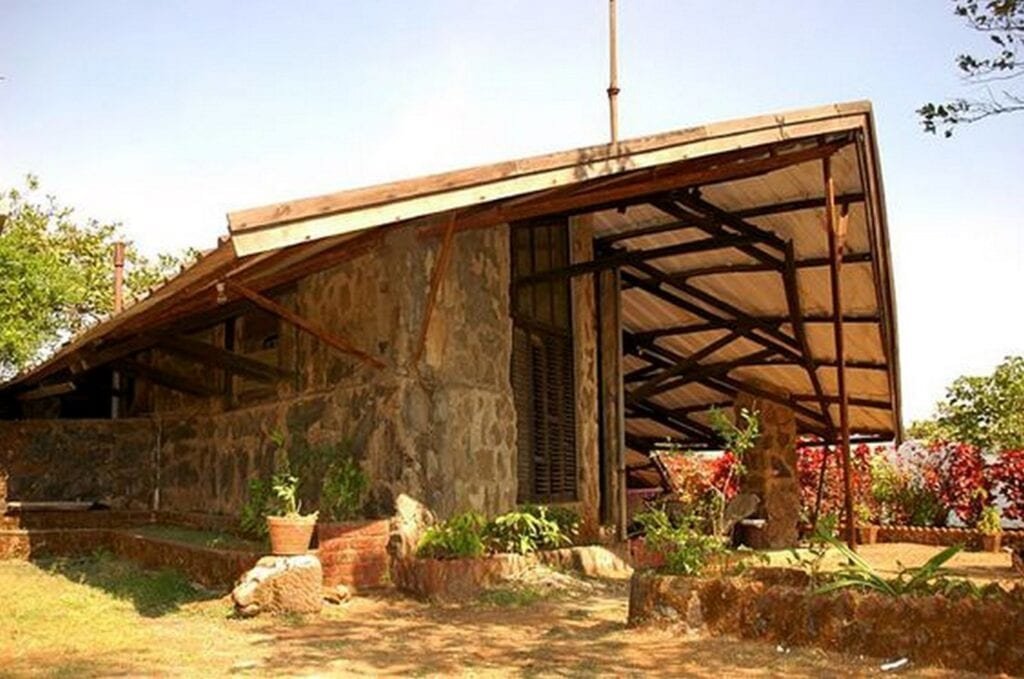
Gobhai Mountain Lodge – Courtesy of www.archnet.org
Nariman Dossabhai Gandhi, an Indian architect profoundly known for his take on organic architecture. He lead a very simple life with an extraordinary thought process. His architecture seeks inspiration from nature. The form was influenced by the local climate and culture. He was popularly known as the ‘Howard Roark of India’.
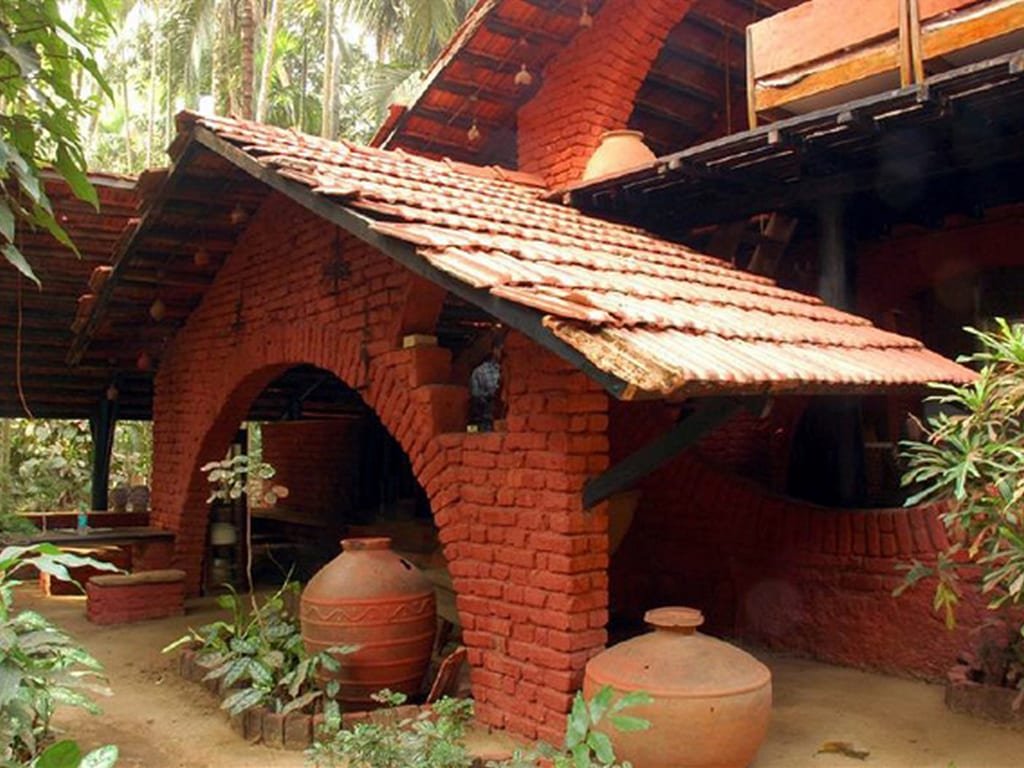
DAYA’S Bungalow, Revdanda – Courtesy of www.archnet.org
He was born on 1st January, 1934 in Surat. He went on to pursue architecture at Sir J. J. School of Architecture, Mumbai. He travelled to the Unites States to apprentice with Frank Llyod Wright at the Taliesin for 5 years.
He then attended Kent State University where he learnt pottery for 2 years. Post which, he returned back to India and taught at the Academy of Architecture and M. S. University, Baroda.
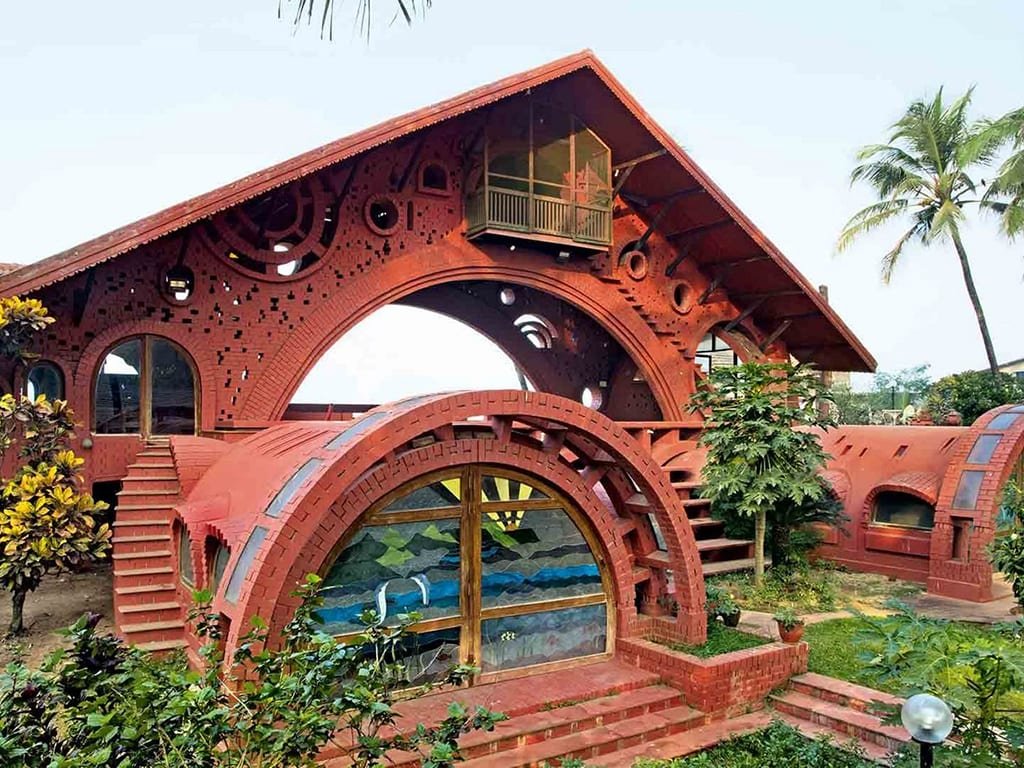
Korlai Bungalow, Alibaug – Courtesy of www.architecturaldigest.in
Nari was influenced by F. L. Wright’s idea of ‘flowing spaces’. He worked without an office and rarely made drawings for any of his projects. He spent a lot of time on his sites, working closely with the craftsman and often participated in the construction process himself. He drew on the floor to make his craftsman understand the design better.
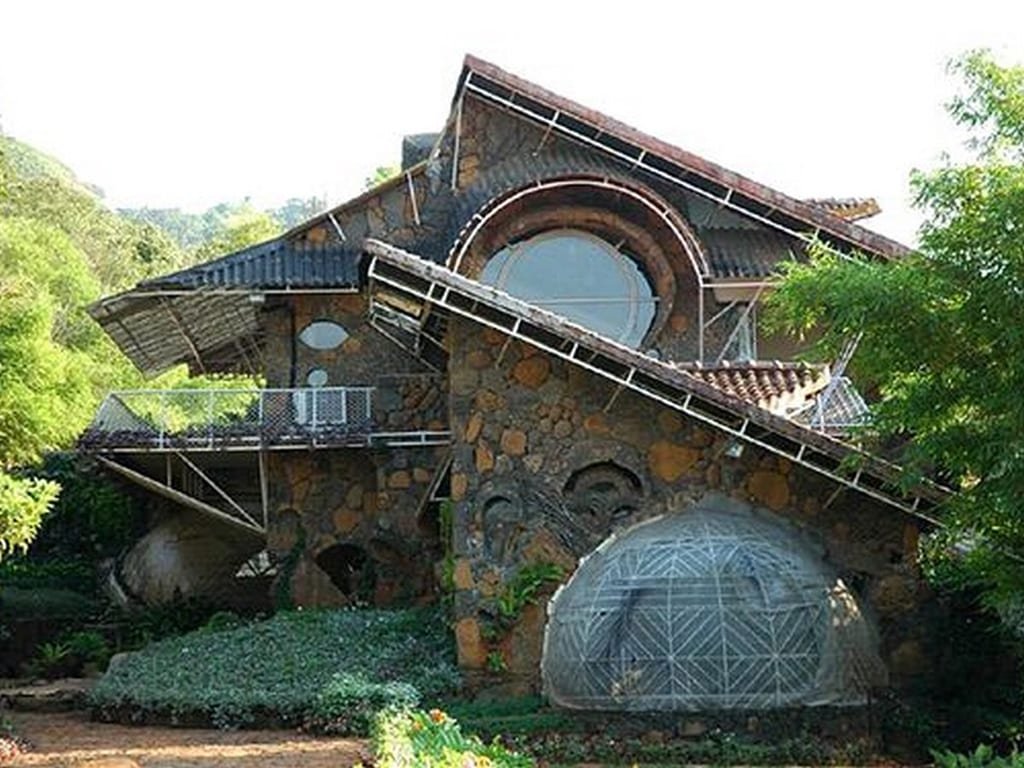
Jain Bungalow, Lonavala – Courtesy of Pinterest
Nari Gandhi's Philosophy of Design
- Organic architecture responding to climate, context and deeply rooted to the site and its surroundings.
- His work displayed highly skilled craftsmanship and structural ingenuity
- Was influenced by Wright’s idea of ‘flowing space’
- Geometry was the underlying discipline of the structure.
- Sunlight and wind were the main protagonists that animated the built space.
- Extensive use of brick arches, stone masonry and buttresses.
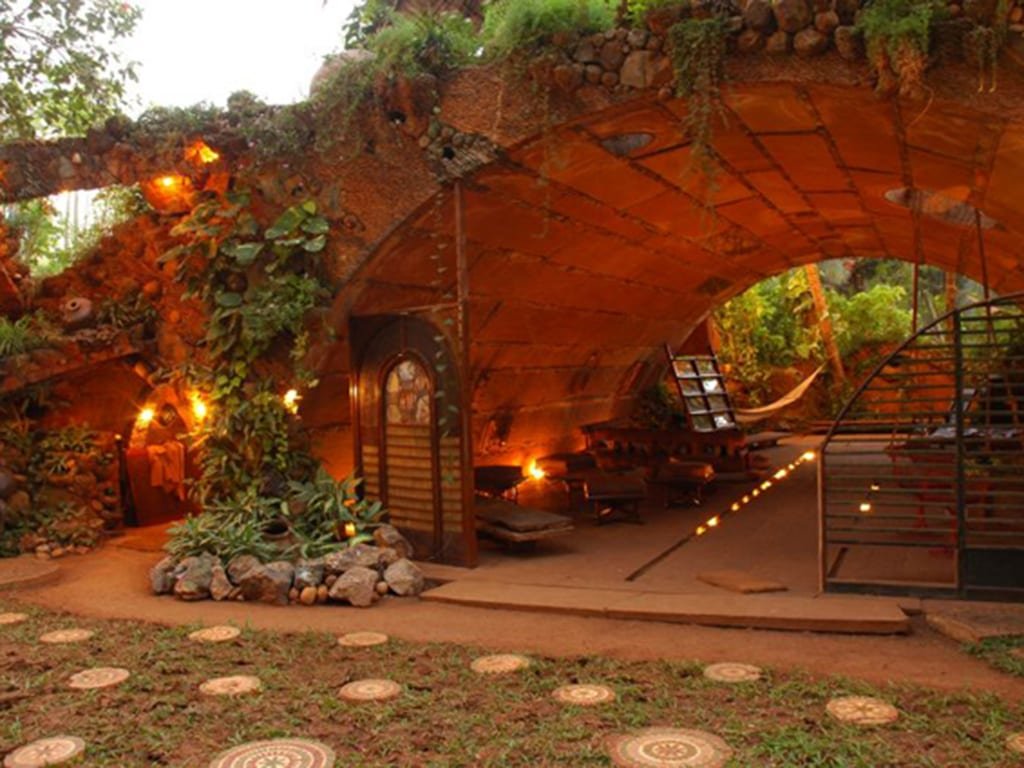
Beach House, Madh Island – Courtesy of www.archnet.org
Books on Nari Gandhi
- Nari Gandhi
- Organic Architecture- A Tribute to Nari Gandhi
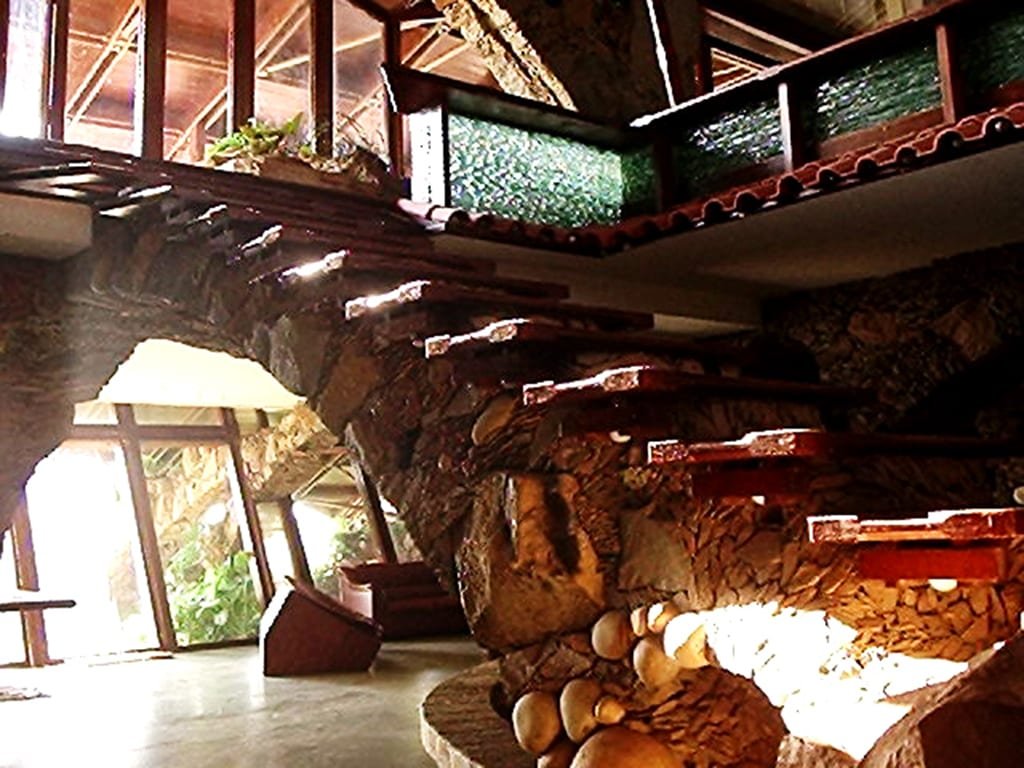
Moon Dust Residence, Madh Island – Courtesy of www.archnet.org
Conclusion
Nari Gandhi’s simplicity and gentle nature were transcended into his work. He broke away from mundane practices and defined architecture for himself and the world. He believed in the idea of nature taking control rather than the architect, and probably why he was one of the greatest architects of his time.
The Archgyan Podcast is sponsored by our Courses. Sign Up Now to start your Architecture & Interior Design Journey.










